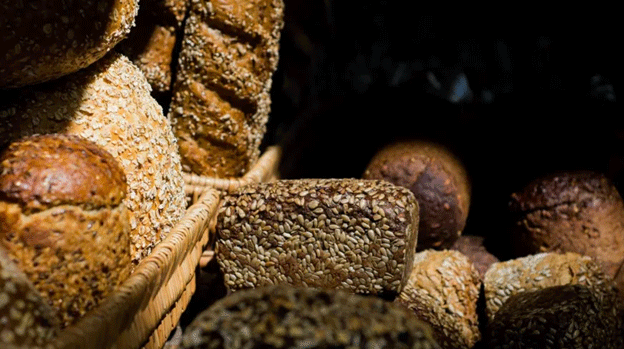Over the past year, rye prices have surged by 70%, leading to a 15% increase in retail prices for rye bread. This trend is largely attributed to farmers shifting away from rye cultivation due to its low profitability, resulting in reduced sowing areas and production.
As of December 2024, Russian agricultural producers reported an average ex-farm price for rye of 11,223 rubles per ton (excluding VAT), marking a 70% increase compared to December 2023. This significant price hike is primarily due to a sharp decline in rye production, which fell by 32.2% year-on-year to 1.16 million tons—the lowest level in the history of rye cultivation. Consequently, retail prices for rye bread have risen by nearly 16% over the past year.
The reduction in rye production is attributed to challenging climatic conditions in key growing regions and a 21.7% decrease in sown areas in 2024, totaling 630,700 hectares. Additionally, rye yields have decreased by 6.8%, averaging 20.1 centners per hectare. Farmers are increasingly opting for more profitable crops with higher export potential, such as barley and wheat. Rye has been unprofitable in previous seasons, and its cultivation continues mainly for crop rotation benefits, as it helps restore soil health. However, due to its low profitability, interest in rye cultivation is waning.
By the end of 2024, food-grade rye experienced the most significant price increase. In December, Russian millers purchased rye at an average price of 14,000 rubles per ton, a 25% increase from September 2024 prices. In December 2023, prices were around 9,800 rubles per ton. This surge has impacted rye flour production, which decreased by 10.5% in 2024 to approximately 489,000 tons. From July to December 2024, production dropped by 15.6% compared to the same period the previous year, with December 2024 alone seeing a 17.7% decrease.
As of February 10, 2025, wholesale prices for rye flour averaged 21.6 rubles per kilogram (excluding VAT), reflecting a 37.6% year-on-year increase. Producer prices for rye bread in December 2024 were 63.7 rubles per kilogram (excluding VAT), an 11.8% annual increase. Retail prices for rye bread as of February 3, 2025, averaged 89.44 rubles per kilogram, a 15.6% rise over the past year.
While raw material costs contribute to rising bread prices, flour accounts for no more than 15% of bread’s production cost, even with increased prices. Logistics, fuel, and labor costs have risen more significantly. Fillings, dairy, and egg products have also become approximately 10-15% more expensive. Despite these challenges, demand for bread remains inelastic, as it is a staple food. However, the overall adjustment of bread prices in response to changing production costs is expected to continue in the coming months.
Looking ahead, high rye prices are anticipated to persist until the new harvest. Future price trends will depend on the sown areas for the upcoming crop. If the new harvest falls short of the country’s demand (approximately 1.5 million tons), prices may continue to rise. Additionally, consumption of rye bread is gradually declining, as younger generations prefer white bread, further diminishing interest in rye cultivation among farmers.
The significant rise in rye prices and the corresponding increase in rye bread costs highlight a critical issue in the agricultural sector. Farmers are moving away from rye cultivation due to its low profitability, leading to reduced production and higher consumer prices. To address this challenge, stakeholders must consider strategies to make rye cultivation more attractive, such as developing higher-yielding varieties, offering financial incentives, or promoting the health benefits of rye products to boost consumer demand.
Error




